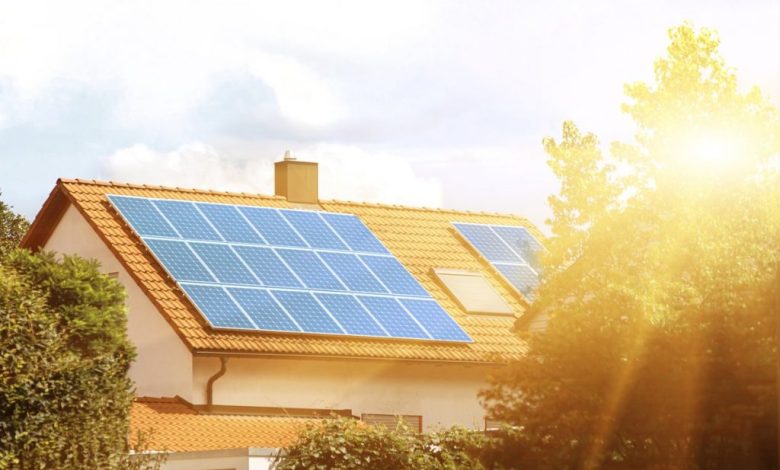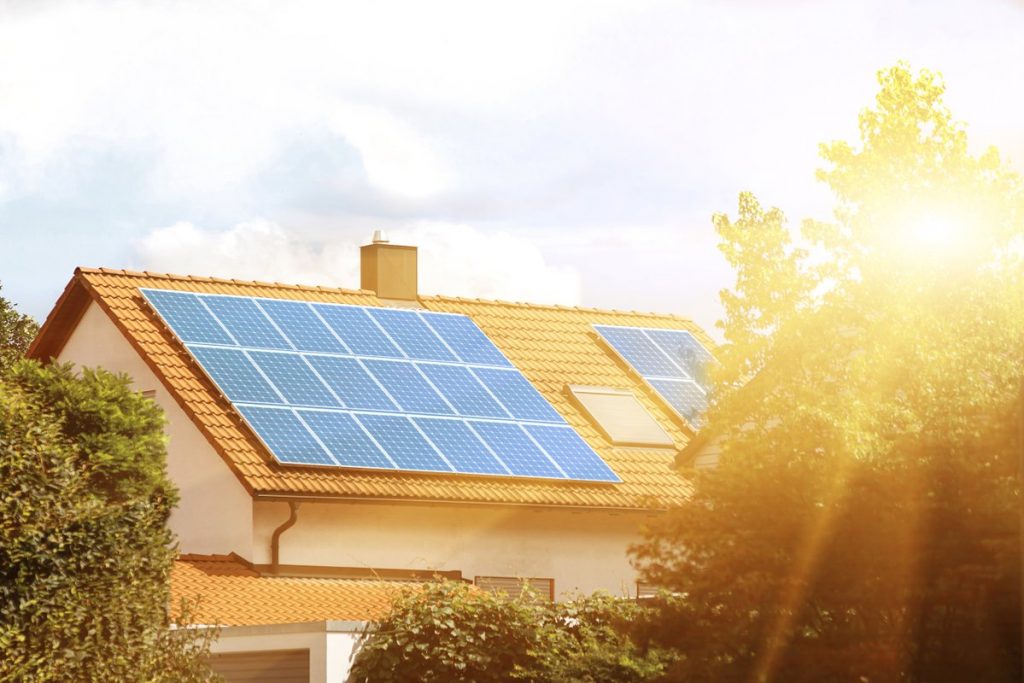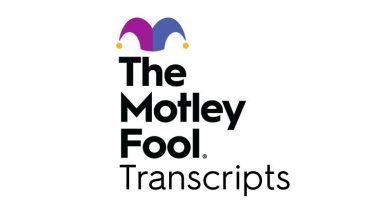Hawaiian Electric delays launch of new solar, energy storage programs one month to make refinements : Maui Now

[ad_1]

Hawaiian Electric will postpone the launch of its new rooftop solar and energy storage programs by one month while the company makes changes approved by the Public Utilities Commission, the company announced. The new programs, originally scheduled to launch March 1, will now be available to customers starting April 1.
The programs, developed under the oversight of the PUC, will consolidate Hawaiian Electric’s existing solar and energy storage programs into a new structure designed to streamline customer options, increase renewable energy penetration and improve grid resilience by incentivizing customers to provide grid services.
The new framework includes a Smart DER (distributed energy resources) program that will replace the company’s legacy rooftop solar programs, except the closed Net Energy Metering program. A new incentive program called “Bring Your Own Device,” or BYOD, will replace the Battery Bonus program.
In a recent ruling the Public Utilities Commission said it would give Hawaiian Electric an additional month to make revisions to the new DER Program Structure in response to comments from the solar industry. One of the changes eliminates a requirement that customers enrolling in the new programs participate in Hawaiian Electric’s new Shift and Save pilot program with its time-varying electric rates. Hawaiian Electric informed the PUC that it would take more time to develop and test billing system modifications that would be necessary to account for customers who opt out of Shift and Save.
Hawaiian Electric’s legacy solar programs, including Customer Grid Supply, Customer Grid Supply Plus, Smart Export, and Customer Self-Supply were always intended to be “interim” programs, designed to interconnect as many systems as possible to the grid with available technology. They have varying program requirements and credit rates for exported energy.
Smart DER will replace the legacy programs and the Standard Interconnection Agreement with a single program that includes an export and non-export option. Smart DER will not have system size caps and the non-export option will allow all technology types.
BYOD is a supplemental incentive program that customers participating in Smart DER or a legacy rooftop solar program may enroll in to provide additional grid services to Hawaiian Electric in return for compensation.
Under the revised timeline, customers on all islands served by Hawaiian Electric can begin signing up for Smart DER and BYOD starting April 1, 2024. Hawaiian Electric’s legacy solar programs will close to new applicants on March 31, 2024. Battery Bonus enrollment on O‘ahu was closed to new applicants on Dec. 31, 2023, after reaching its enrollment cap of 40 megawatts (MW). Battery Bonus applications on Maui will be accepted until enrolled capacity reaches 15 MW or until June 30, 2024, whichever comes first.
Customers who are in a legacy solar program must transition to Smart DER no later than seven years after their initial agreement date, with a six-month grace period. Customers who export energy under Smart DER will be compensated at the following rates:

Enrollment in BYOD provides customers up to three incentives: a one-time upfront payment, a monthly incentive, and credits for controlled energy exports during a defined period called a “BYOD event.”
The upfront incentive provides $100 for each kilowatt (kW) of capacity that the customer commits to making available during BYOD events. The upfront incentive is capped at $500 per customer and $1,000 for customers with low- and moderate-incomes.
The monthly capacity performance incentive provides $5 per kW of commitment capacity. Customers may also earn credits for controlled energy exports during BYOD events equal to the higher of either the underlying tariff rate or the Smart DER evening peak export rate, regardless of the time of export.
More information is available at Hawaiianelectric.com/renewableprograms.
[ad_2]




